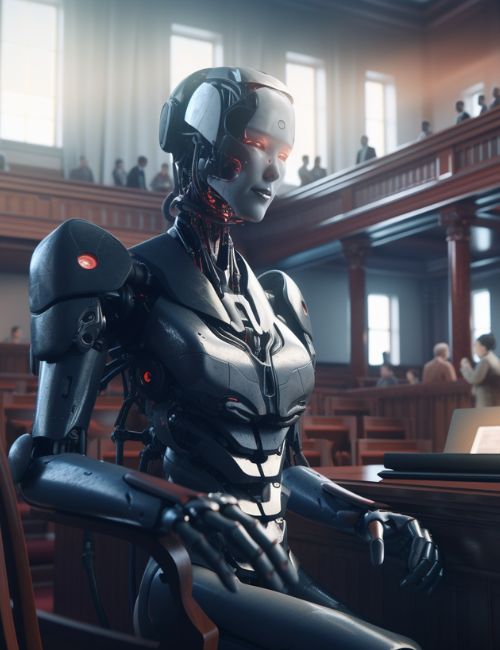Introduction
With GPT-4 recently released, there's no surprise that Artificial General Intelligence (AGI)'s a hot topic now. In recent interviews that both Sam Altman, OpenAI's CEO and Ilya Sutskever, OpenAI's Chief Scientist, share insights on the future of AGI, and the role of deep learning in achieving AGI.
In this article, we'll delve deep into the beliefs held by AI preeminent leaders in reference to the current state of AI and what's likely to unfold in the not so distant future.
"The pace of progress in artificial intelligence (I’m not referring to narrow AI) is incredibly fast. Unless you have direct exposure to groups like Deepmind, you have no idea how fast—it is growing at a pace close to exponential. The risk of something seriously dangerous happening is in the five-year time frame. 10 years at most." — Elon Musk
The Role of Deep Learning in AGI
Deep learning, specifically the use of large neural networks, plays a significant role in advancing AGI. Sutskever discussed how backpropagation is an essential algorithm for training neural networks, and while other algorithms may be inspired by neuroscience, backpropagation remains the most efficient approach for engineering powerful AI systems.
Taking Inspiration from Human Intelligence
In interviews, both Sam Altman and Sutskerver have emphasized the importance of learning from human intelligence when developing AGI. Altman's viewpoint echoes Sutskever's thoughts on being inspired by the human brain and human intelligence. Striking the right balance between emulating human cognition and identifying non-essential aspects of human intelligence is crucial for the successful development of AGI.
In the case of Stephen Thaler's "Creativity Machine" algorithm, the USCO reaffirmed that human authorship is a prerequisite for copyright protection. Thaler's attorney argued that providing protection to AI-generated works is vital to promoting socially valuable content and is required under existing legal frameworks. However, the USCO has remained steadfast in its adherence to the human authorship requirement.
Safety Challanges and Misuse
Despite the significant advancements, there are still challenges faced in the development of AGI. One such challenge is the issue of AI safety. Sutskever discusses the importance of aligning AI systems with human values and ensuring they are "useful to humans and do not cause harm." OpenAI is committed to the responsible development of AGI, with a focus on long-term safety research.
Another challenge is the potential misuse of AGI technologies. OpenAI aims to ensure that access to, benefits from, and influence over AGI are widespread. They are working on sharing safety, policy, and standards research to foster a global community that addresses AGI's challenges.
Current Cognitive Architectures & Memory Management Systems
As we strive for AGI, it's essential to design AI systems that can better manage and recall information. One such system is REMO (Rolling Episodic Memory Organizer), a cognitive architecture that focuses on maintaining salience and coherence in memory management. By implementing temporal and associative consolidation, REMO aims to emulate the human memory system, allowing for more relevant and coherent recall of information.
The REMO framework consists of three layers:
- Raw logs layer: This layer contains raw chat logs and other unprocessed data.
- Temporal consolidation layer: Memories are compressed based on temporal grouping, allowing for efficient storage
- Semantic consolidation layer: Topics are extracted and organized based on semantic similarity, enabling temporally invariant recall.
By combining these layers, REMO creates an AI memory system that closely resembles human memory, enhancing the model's intelligence and capability.
Conclusion
The journey towards AGI is an ongoing pursuit, fueled by innovative ideas and cutting-edge technologies like GPT-4, REMO, and ATOM. As we continue to advance our understanding of artificial intelligence and build systems that emulate human cognition, the realization of AGI may be just around the corner. With each step forward, we move closer to a future where AI can revolutionize the way we live, work, and interact. My belief based on my knowledge and research into AGI and the investment across the board from almost every tech fortune 500 company is we have a high likelihood of reaching AGI within the next 18-24 months.
Leave a Reply
Is the world going to end?






